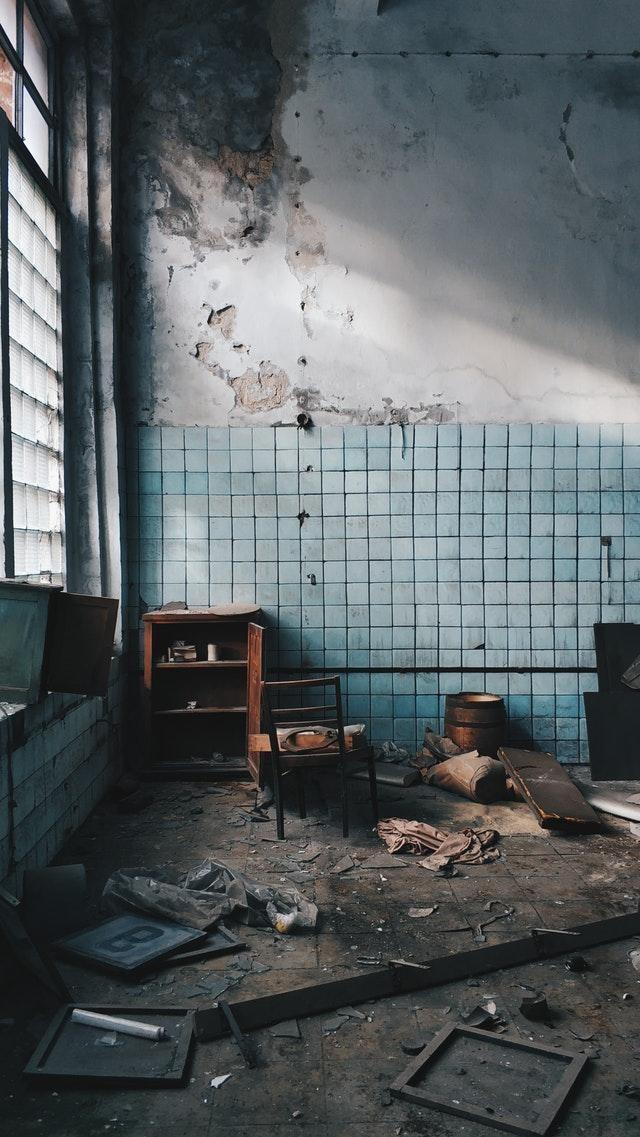Is there any crack in your building’s plaster walls? Are you living in a home with an uneven floor surface? Does the glassware on the shelf clink when you walk past it? If so, your house may have to undergo the reblocking, also known as restumping, process. In such a situation, you must call in the experts.
Consider yourself lucky if your house is built on a concrete slab; otherwise, most houses have to undergo the reblocking process at some point or the other. If you look at old houses, you’ll find that most are built on timber stumps. Depending on multiple factors, these stumps last for about 15 to 80 years.
So, if you’re thinking of putting aside a budget for some major changes in the house, ensure to add the various reblocking costs to it. This will be not only a cost-effective decision but also something worth the investment for the future.
Reblocking: What exactly is it?
Reblocking, popularly known as restumping, involves jacking and mounting the house, followed by the removal and replacement of the existing wooden stumps. In this process, you will have to work on resetting the floor levels, followed by replacing the damaged tiles, cracked plaster, warped door frames, and so on. Nowadays, if you move into an old home, you must determine whether it needs reblocking or not. If yes, you would be saving a lot on the negotiation part.
You can partially re-block or restump if only some part of the house needs it. However, if you see only half of the stumps decay, there’s a high possibility that other stumps are on their way to decaying, even if they seem alright. The general recommendation goes on replacing all stumps at once. The best course of action here is something that can be well-explained by a reblocking expert.
Now, let’s jump into the few things that you must know about reblocking your house.
Have an idea of what’s happening underneath your house
You must be familiar with the saying, “what you don’t know won’t be able to hurt you.” However, you can say the exact opposite when it comes to your house blocks/stumps. You may live in your house with complete relaxation without having a clue that things are not in good condition underneath the house.
Unless you know what it is, house stumps can appear perfect from the outside, while the interior of the wood may be worsening due to weather conditions, pests, and molds. Here, reblocking can be an effective way to evaluate the condition of your stumps and determine whether they can sustain another couple of years or not.
Ensure protection against dry rot
If your house is old and sitting on top of the same old wooden stumps for a prolonged period, then they are most likely to have dry rot in various places. These dry rots can find their way all up to the house. Nowadays, when a home undergoes the reblocking process, it involves using materials that are explicitly designed to prevent this occurrence.
During the reblocking process, you will replace the stumps with galvanized or concrete steel or fresh hardwood options. These options are much more durable and stronger and ensure better protection against dry rot. Moreover, the reblocking process allows you to evaluate the rot that has formed on the beams of the property and can replace them too.
Add on extra rooms
One of the most significant benefits of reblocking the house is getting the opportunity to add on extra space. With the increase in family members, your home may feel a bit congested. However, extending the house with reblocking can ensure more room and space to let everyone stay comfortably.
Ensure optimal protection for your Stuff
Losing precious personal items and collectibles due to excessive moisture exposure is one of the most heartbreaking parts of being a flood victim. However, reblocking the house allows you to uplift your personal items high above the ground. This enables a little extra breathing space for your items from the rising water.
Boost the resale value of your property
If you have plans to sell your property any time in the future, or if you’re redecorating the house while considering it to resell at some stage, then reblocking would be a beneficial option here. It will be the aspect that ensures making your house more visually appealing and attractive to future buyers.
Mostly, when people evaluate the property for purchase, they look at how much future maintenance work will be needed after the purchase. Here, reblocking would help a lot by incorporating fresh stumps into the house. They will act as a transparent bill of good health for the property, enabling you to go higher with the reselling value.
Reblocking the House: Cost involved
The cost of reblocking a house depends on various factors, including the size of your property, how many stumps it has, the location of the house, and the dimension of the sub-floor space. Moreover, the final cost can also be affected by the state of joists and bearers and the soil condition.
It’s imperative to know that reblocking is a competitive business. So, it’s best to get numerous price quotes from multiple reblocking companies and see whether your preferred restumper can offer the lowest quote or not.
Closing thoughts: Get in touch with the right reblocking company!
So, with this comprehensive guide on reblocking, you must have understood how crucial it is for your house. If you find that your home needs restumping or reblocking, then find a reliable reblocking company through recommendations. Get advice from some known individuals who recently got their house restumped by professionals.
Moreover, ensure the company you choose has insurance and the much-needed experience. It’s best to ask the reblocking company about their projects for past clients. Check their online reviews and get a complete idea about them. Finally, hire the one you think to be the best in business, and get started with reblocking the house as soon as possible.




